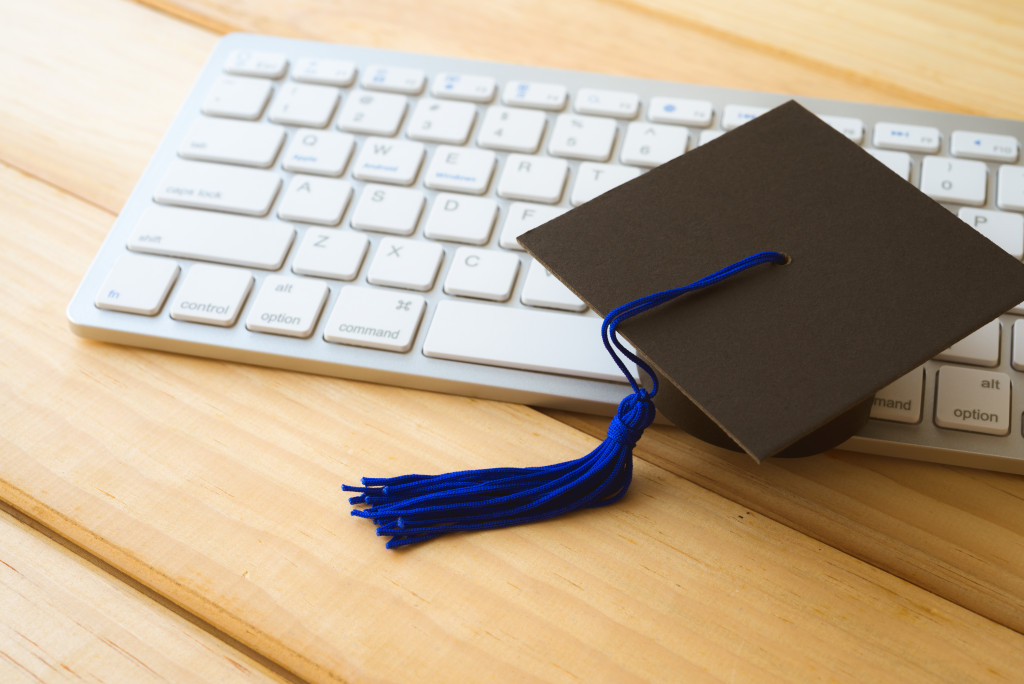The global pandemic that we’re experiencing right now has been on its first year and it doesn’t seem to be stopping anytime soon.
Even though there are now vaccines against COVID-19 being rolled out in different countries, it would take some time before the majority of the world population gets the full doses needed to gain immunity against the fatal disease. With this in mind, people have to live with the ill effects of the crisis such as disruption in work and the sudden shift to remote learning.
And speaking of distance learning and the education system in general, these are the biggest trends in U.S. education that you should expect throughout 2021:
Public Wi-Fi access would be a key thrust of the federal government
Due to the sudden shift from the classroom setting to distance learning, parents were forced to invest in gadgets that would allow their kids to participate in online classes. However, the problem is that a mobile gadget isn’t the only requirement to successfully engage in remote learning.
Learners from preschool to college (even those in graduate studies) also needed fast and reliable Wi-Fi and an internet connection, as well as a room that is conducive for distance education. There are also the necessary peripherals such as noise-canceling earphones and webcam for desktop computers and old-model laptops without a built-in camera.
For its part, the current U.S. administration led by President Joe Biden is making efforts to secure the necessary funding to provide Wi-Fi access to the public, especially for remote learning purposes. The federal government is eyeing the FCC’s e-rate funds to subsidize the home wireless infrastructure that will be coursed through schools.
If it will materialize, such a project will surely benefit millions of American learners who need internet access that can handle bandwidth-hungry internet calls, which are the primary means of communication and collaboration under this new learning setup.
There will be creative collaboration efforts fueled by the digital learning system
Despite the initial shock brought by the almost overnight shift to remote learning, teachers quickly regained their bearings and began employing creative instruction and collaboration techniques that facilitate learning at a high level.
For example, some teachers work in a buddy system where one is teaching the class while the other inputs notes in the message board or chatbox for students to revisit later. There are also teachers of general education subjects who record their lessons and share them with special-education teachers who then modify or offer supplementary materials to suit their students’ unique learning needs and capabilities.
It’s not impossible to think that there would be other equally creative collaboration and teaching efforts as the year goes on. And knowing how naturally creative and driven teachers are, it’s almost something that should be expected to happen naturally.
Educators will be more into digital technology

If many educators somehow fear technology when it comes to its implementation in the field of education, one can expect the number to diminish in light of the current situation.
Since the shift to digital education began, there has been an increasing number of teachers who are embracing digital technology in their teaching approaches. Beginning from learning how to navigate Zoom, Google Classroom, and similar mobile communication and collaboration apps, many teachers who were once tech-shy are now becoming tech savants instead.
With the availability of inexpensive electronic devices such as smartphones and tablets, it won’t be long before we can see all teachers become highly at ease in using digital technology in their virtual and physical classrooms.
Educational institutions will give different learning options
One thing that the current remote learning setup made people realize is that under the right circumstances, it can work extremely well. Many would argue that the current teaching-learning setup works better than the typical face-to-face situation.
As such, you can expect to see a lot of educational institutions offer options other than the traditional face-to-face interaction between teachers and students. These new learning options would help make the lives of parents, teachers, and learners easier since they’re not confined to a single learning modality.
Moving forward, remote learning and hybrid setups (remote plus face-to-face) would be in vogue, especially if there’s a clamor for them. These options would likely sit well with parents and children given the current situation and even beyond it.
With these projected trends for this year, there’s no denying that there are positive things that came out of the pandemic. And knowing their potential effects on the U.S. educational system, it’s safe to say that the future is bright for today’s generation of learners.







